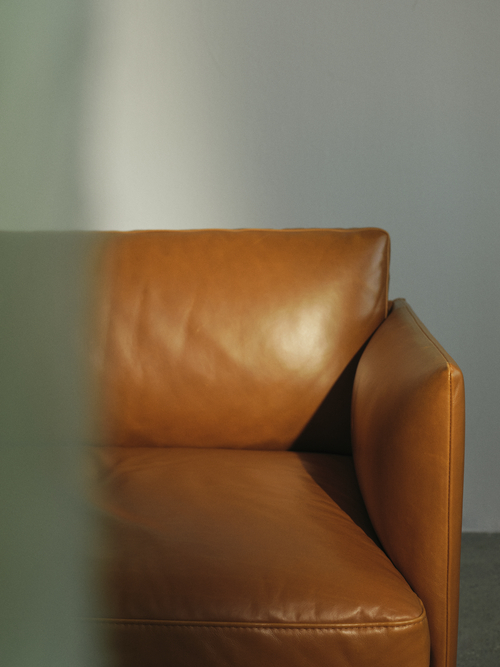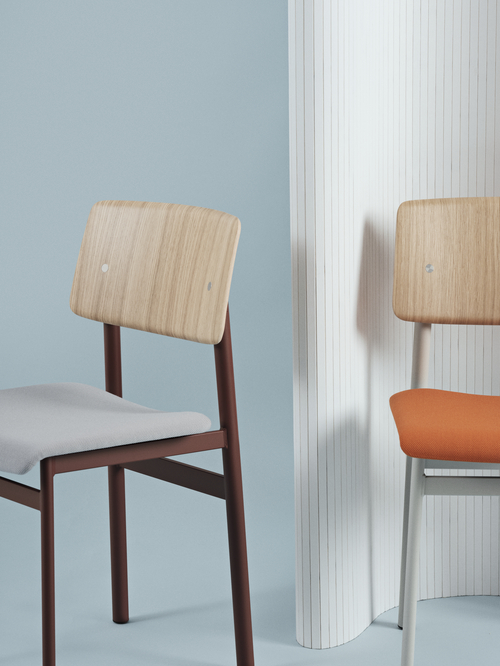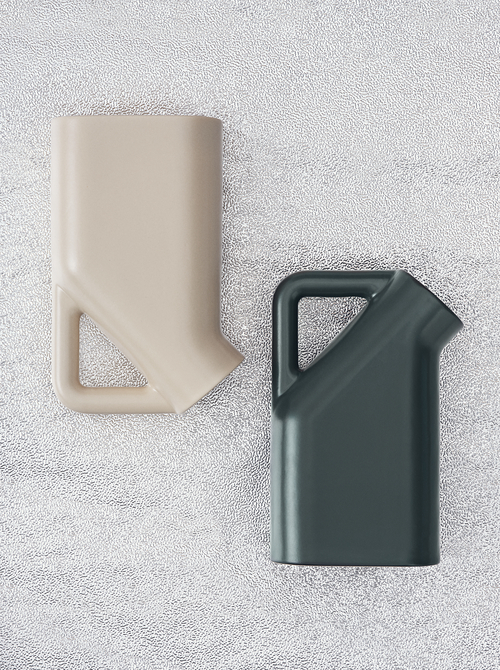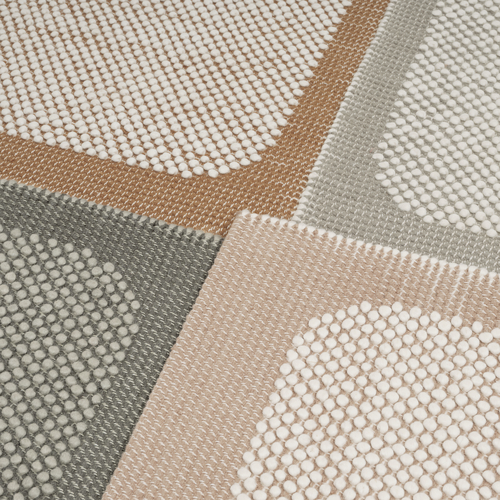Select country
our guess is, you're located in

stories
new
perspectives
—
philip battin
In our work, we are lucky to meet and collaborate with talented people from across the world who all bring something new to their individual field, whether it be art, architecture or design. Being curious by nature, we want to discover what drives, inspires and triggers these creative individuals. This is what New Perspectives is about: Passionate people who shine through in their work by taking the roads less traveled.
To Danish designer Philip Battin, Head of Seed Studio at Google, a continuous strive to make technological products feel less so acts as an underlying element in his work, searching for ways to make us feel more at ease in our homes while in the company of technology. Here, we visit Battin in his Oakland home to talk about his upbringing on the west coast of Denmark, how a multidisciplinary background can lend you new ways of thinking and why calmness is the new luxury.


Growing up on the west coast of Denmark, I’ve always had a special connection to the sea. It is my main refuge and in many ways what got me into design in the first place. My mother is Danish and my father is British. My Danish family has lived in the same coastal town for generations, living off of the sea through fishing, tourism and hospitality. On the beach—across from my childhood home—you can still find black tar-coated wood sheds like the ones where my great-grandfather would store his net and fishing equipment over a century ago. I spent most of my youth on that beach; surfing and volunteering in the local surf club.


I remember being blown away by the aesthetics of surfing. This was in the post-90s era; everything had this fast, Y2K-like neon-turquoise-teal jazz look that you can only find on coffee cups and kitsch bus seat fabrics nowadays. Inspired by different surf brands that were around at the time, I designed a new logo for our local surf club at the age of 15, stumbling my way through the CorelDraw software that my father had installed on our family computer.
Throughout high school, I continued to do freelance work within branding and digital design and eventually moved to Berlin at the age of 20, working for a digital advertising agency with clients that included Red Bull and Nike. I later completed my undergrad in Design at The Royal Danish Academy of Fine Arts, School of Design and later, a master’s in Strategic Product Design at Delft University of Technology in the Netherlands.

When I was offered the opportunity to join Google in their headquarters in California, it was not only a chance to live near some incredible surf spots, but also to work in an industry that is currently shaping a lot of aspects within our society and culture. Furthermore, the area around San Francisco attracts a lot of inspiring individuals and by being there, you are constantly exposed to the avant-garde of technological innovations. The first product that I worked on was the wearable augmented reality computer, Google Glass. Later, I was involved in the design of products such as the first AI powered camera, Google Clips, and Google’s line of voice-enabled smart speakers, Google Home Mini and Max. Today, I head up Seed Studio, a strategic design group which is focused on new product development, advanced concepts and special projects for Google’s physical products.

Throughout my career, I’ve been working in various design positions and industries, from product to branding to publishing to being an art director at Danish fashion label, Norse Projects. In my current role at Google, all of these things are coming together and are reflected in the team around me. I am lucky to be working with people from a variety of backgrounds across fashion, sports, furniture, automotive design and technology. In our work, we strive to create tech products that blend into people’s lives, merging the utility of tech with the personal expression of lifestyle products. This is reflected in how we design products, but also in how we think as a brand.


Principles of design are changing. The other day, I was admiring the beauty of the classic Bialetti Moka Pot and its distinctive eight-faceted utilitarian design. It’s a perfect design; made from three simple parts, beautifully crafted to withstand the pressure inside the water tank and solely responsible for the domestication of espresso brewing for millions of people. Furthermore, its form has remained unchanged since it was designed almost one hundred years ago. Good design, like this, used to adhere to the principles of functionalism with form following function.
Over the last few decades, a lot of things have changed. Todays’ technology has allowed us to liberate the form from the function. I do not only see design as a tool for problem-solving but also as a tool for storytelling. We use form and materials to invoke a feeling of what a product is, where it belongs and what we want it to become. Rather than having "form follows function", we like to refer to our approach as "form follows feeling".


We often ask ourselves: What feeling should our designs evoke? The world has become a noisy place with a lot of visual and sensory pollution. I believe that the new luxury is going to be calmness; our homes and nature being the last refuge from the noise and interruptions of the world. You’d want to surround yourself with things that blend in without demanding excessive attention and instead making you feel at ease. In fact, design and architecture play important roles in ensuring the wellbeing of people as what we surround ourselves with and our environments have a direct impact on our biology.
We know this from the latest research in neuroscience, pioneered by the Arts + Minds Lab at Johns Hopkins University’s Brain Science Institute. It is something that all creatives have intuitively known since forever, but science has finally proven that good design does not only exist to serve some hedonistic purpose. We explored this with our exhibition, A Space for Being, during the Salone del Mobile in Milan in 2019 in collaboration with Johns Hopkins University’s Arts + Mind Lab, Muuto and Reddymade Architecture. In an interactive installation, using cutting-edge wearable sensor technology, visitors could experience three different spatial experiences and measure which resonated with their bodies and made them feel at ease.
While we all respond differently to aesthetic experiences, I find that one thing is certain: Nobody wants to live in a spaceship and we see a need to change the course of things towards a future we actually want to spend the rest of our lives in.







